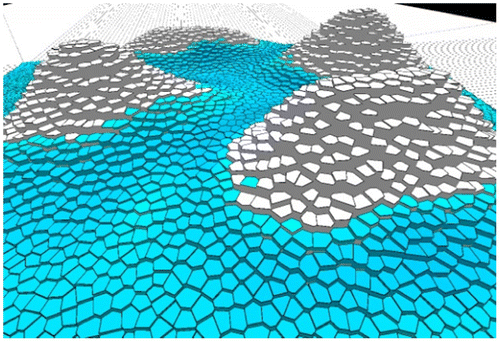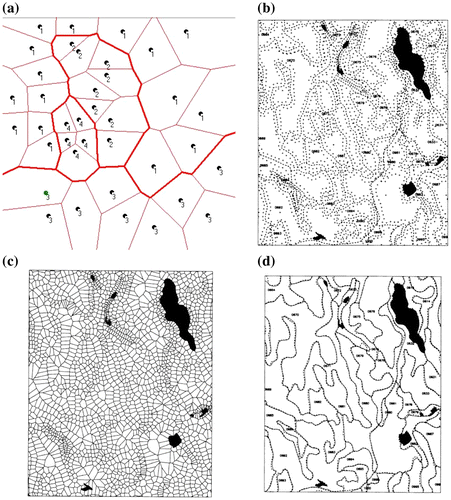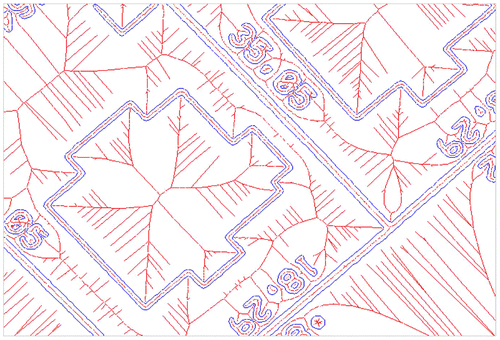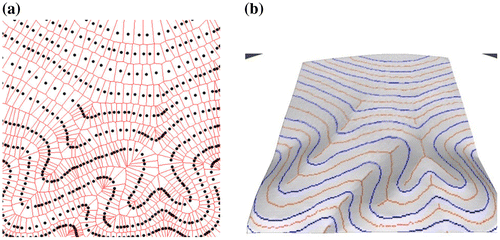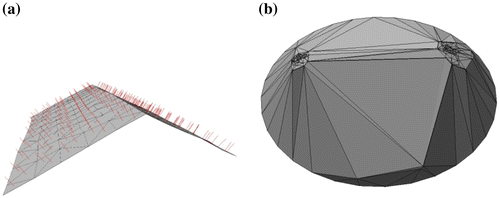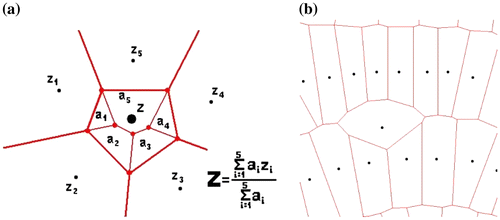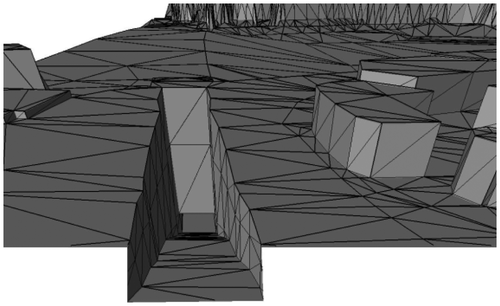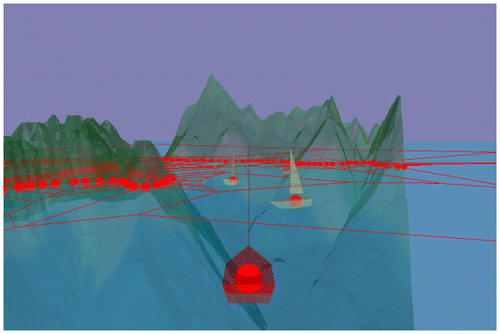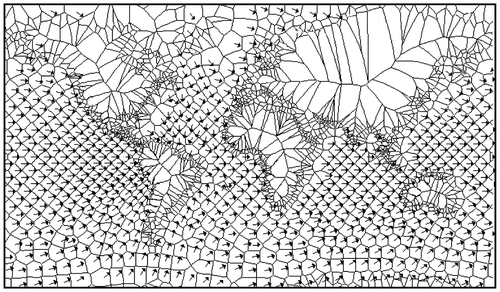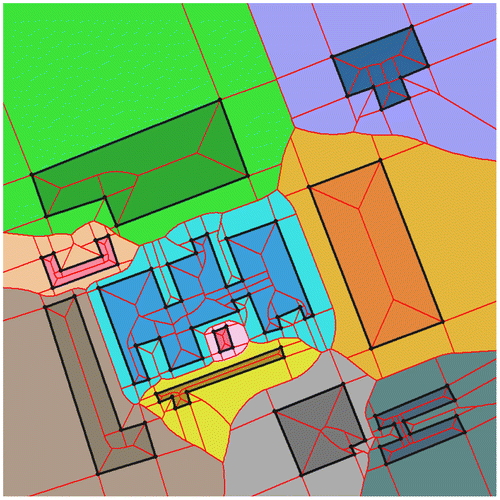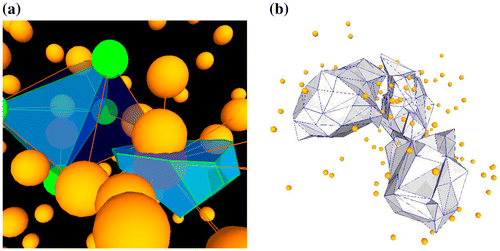Open access
1,679
Views
8
CrossRef citations to date
0
Altmetric
Articles
Tessellations in GIS: Part II–making changes
Christopher GoldFaculty of Computing, Engineering and Science, University of South Wales, Wales, UK;Faculty of Geosciences and Environmental Engineering, Southwest Jiaotong University, Chengdu, China;State Key Laboratory of Information Engineering in Surveying, Mapping and Remote Sensing (LIESMARS), Wuhan University, Wuhan, ChinaCorrespondence[email protected]
Pages 157-167
|
Received 12 Oct 2015, Accepted 03 Apr 2016, Published online: 17 May 2016
Related research
People also read lists articles that other readers of this article have read.
Recommended articles lists articles that we recommend and is powered by our AI driven recommendation engine.
Cited by lists all citing articles based on Crossref citations.
Articles with the Crossref icon will open in a new tab.

